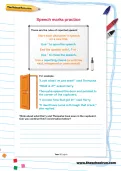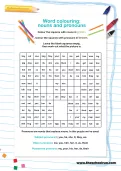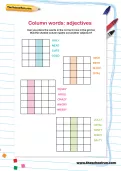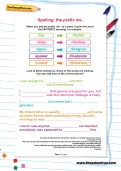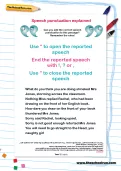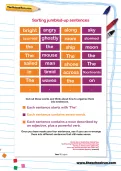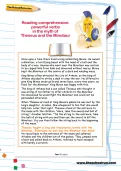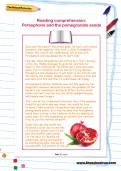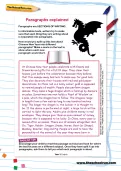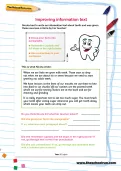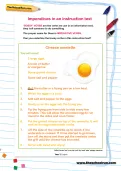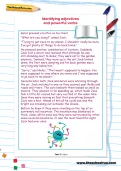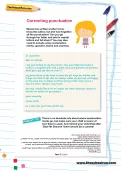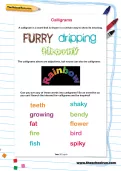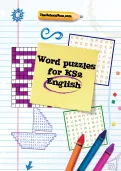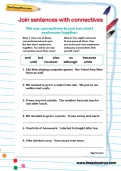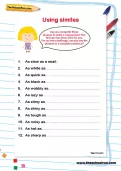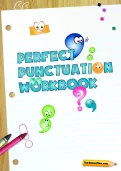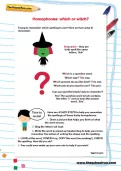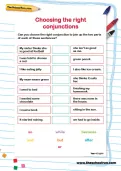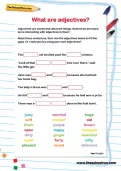Important update from TheSchoolRun
For the past 13 years, TheSchoolRun has been run by a small team of mums working from home, dedicated to providing quality educational resources to primary school parents. Unfortunately, rising supplier costs and falling revenue have made it impossible for us to continue operating, and we’ve had to make the difficult decision to close. The good news: We’ve arranged for another educational provider to take over many of our resources. These will be hosted on a new portal, where the content will be updated and expanded to support your child’s learning.
What this means for subscribers:
- Your subscription is still active, and for now, you can keep using the website as normal — just log in with your usual details to access all our articles and resources*.
- In a few months, all resources will move to the new portal. You’ll continue to have access there until your subscription ends. We’ll send you full details nearer the time.
- As a thank you for your support, we’ll also be sending you 16 primary school eBooks (worth £108.84) to download and keep.
A few changes to be aware of:
- The Learning Journey weekly email has ended, but your child’s plan will still be updated on your dashboard each Monday. Just log in to see the recommended worksheets.
- The 11+ weekly emails have now ended. We sent you all the remaining emails in the series at the end of March — please check your inbox (and spam folder) if you haven’t seen them. You can also follow the full programme here: 11+ Learning Journey.
If you have any questions, please contact us at [email protected]. Thank you for being part of our journey it’s been a privilege to support your family’s learning.
*If you need to reset your password, it will still work as usual. Please check your spam folder if the reset email doesn’t appear in your inbox.
Year 3 Grammar worksheets
Free worksheets: Grammar, KS2, Y3
You’ll need to login or Register first to access these worksheets for free.
Speech marks practice
Can you continue this conversation between Harry and Thenusha using the correct rules for reported speech? Remember to start each character’s speech on a new line. Use “ to open the speech. End the speech with !, ? or , and use ” to close the speech. Use a reporting clause (a verb like said, whispered or announced).
Word colouring: nouns and pronouns
Column words: adjectives
Spelling patterns: the prefix dis-
Speech punctuation explained
Sorting jumbled-up sentences
Reading comprehension: The myth of Theseus and the Minotaur
Read this story about the myth of Theseus and the Minotaur. Look at the part of the story in bold. The fight between Theseus and the Minotaur is not described in detail. Can you write a paragraph explaining what happened?
Reading comprehension: Persephone and the pomegranate seeds
Paragraphs explained
Matching nouns and adjectives
Improving information text
Imperatives in an instruction text
Identifying adjectives and powerful verbs
Read this adventure story. Can you identify the adjectives and powerful verbs that the author has used to make this piece of writing interesting to the reader?
Correcting punctuation
Maisie has written a letter to her favourite author, but she has forgotten all the punctuation! Can you go through her letter and add in capital letters and full stops? You may also need to include some exclamation marks, question marks and commas.
